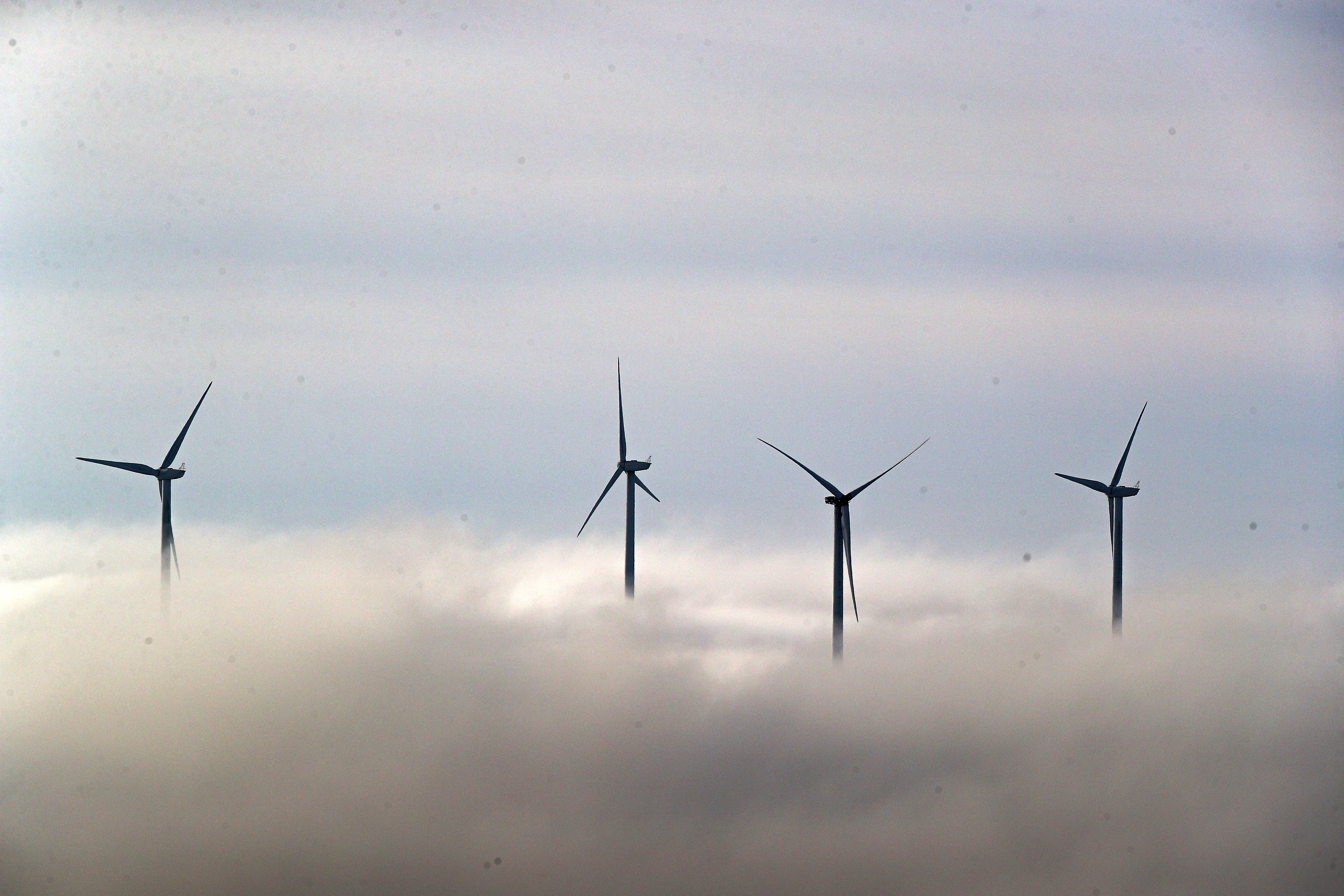Treasury set for smaller payday as Crown Estate profit drops by a fifth
High street businesses struggled to pay their rent during the pandemic.

Your support helps us to tell the story
From reproductive rights to climate change to Big Tech, The Independent is on the ground when the story is developing. Whether it's investigating the financials of Elon Musk's pro-Trump PAC or producing our latest documentary, 'The A Word', which shines a light on the American women fighting for reproductive rights, we know how important it is to parse out the facts from the messaging.
At such a critical moment in US history, we need reporters on the ground. Your donation allows us to keep sending journalists to speak to both sides of the story.
The Independent is trusted by Americans across the entire political spectrum. And unlike many other quality news outlets, we choose not to lock Americans out of our reporting and analysis with paywalls. We believe quality journalism should be available to everyone, paid for by those who can afford it.
Your support makes all the difference.The Crown Estate will deliver less money to the Treasury this year due to the Covid-19 pandemic as many of its high street renters struggled to pay their bills.
The estate, which owns huge tracts of property across the UK, said that net revenue profit had dipped 21.9% to £269.3 million.
The decline was largely because the estate was unable to collect all the rent it was owed. It warned that further hits are likely as the Government support schemes for companies comes to an end.
The news will mean a considerably smaller payday for the Treasury, which collects all of the Crown Estate’s profit.
What the pandemic has thrown into sharp relief is that challenge and uncertainty are the new normal
However the Queen is unlikely to take a hit. Although the money she gets from the Government – the Sovereign Grant – goes up if Crown Estate profits increase, it does not fall when they decrease.
“Whilst the challenges posed by the pandemic and associated economic impacts are clear to see in our results, drawing on a diverse portfolio we have continued to demonstrate both our strength and resilience, contributing £3 billion to the public purse over the last 10 years and building a portfolio valued at over £14 billion,” said Crown Estate chief executive Dan Labbad.
“What the pandemic has thrown into sharp relief is that challenge and uncertainty are the new normal and there is no doubt we will face another difficult year ahead, but with the progress of the vaccination programme and our collective resilience as a society, there is reason to be cautiously optimistic.”
All the money from the Crown Estate goes into the Treasury’s coffers rather than being paid to the Queen.
It is a practice that dates back to 1760, when George III surrendered the income from his lands to the Exchequer in return for an annual payment to maintain his estates.
The costs of Government had until then been met out of the pocket of the monarch. But land was becoming less important as a source of income, replaced instead by taxes.
Rulers had therefore racked up massive personal debts as spending – which was set by Parliament – started to outstrip the income from their land.
The Crown Estate is therefore not managed by the Queen today. However, its income does have some bearing on how much money she is given each year.
Currently the Sovereign Grant is 25% of the Crown Estate’s profits. Since 2017 it has been temporarily increased from 15% to pay for a major refurbishment of Buckingham Palace.
The body currently owns property worth around £14.4 billion, according to the most recent results.
Although its large portfolio of high street shops have been challenged in recent years, the estate has managed to find huge value in its offshore holdings.
Last year the estate signed a series of deals worth around £879 million every year for the next decade, with firms wanting to use its seabed to build offshore wind turbines.
The value of the Crown Estate’s portfolio increased by 7.5% last year due to a £2.1 billion hike in its marine portfolio.
This offset the fall of £1.1 billion in the Crown Estate’s capital values.